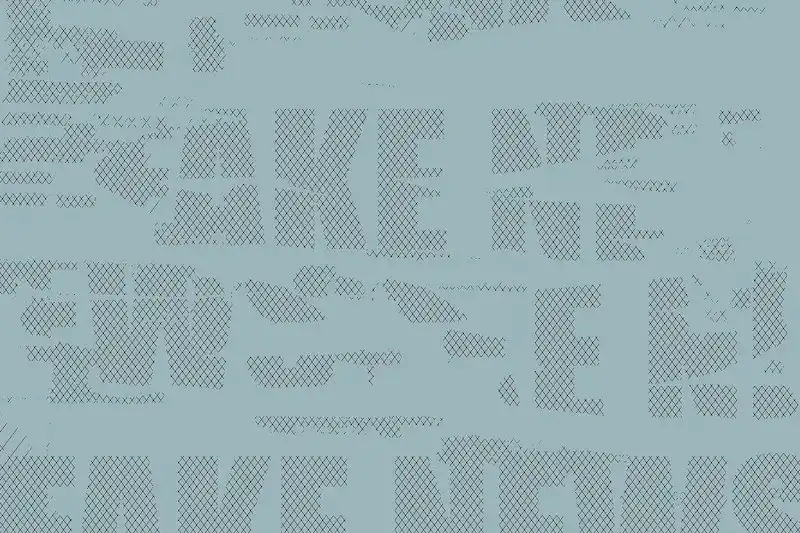Misinformation, incorrect or false information shared unintentionally, can be extremely damaging. Its climate change-denying sort can make taking much-needed action against global warming more difficult. It can be even deadly, for example if it encourages refusing vaccines against fatal diseases.
It can also skew elections, especially when it is spread deliberately (in which case it is called disinformation), or when done in a coordinated way by foreign actors which seek to undermine the process (called foreign information manipulation and interference).
Luckily, strategies exist to fight false and manipulated information. Debunking – showing that a piece of information is untrue and showing what is true – and prebunking – warning in advance about manipulation attempts or typical misleading strategies – is increasingly done by fact-checkers, authorities, or schools.
A JRC-led study recently published now confirmed that both prebunking and debunking can be effective when countering a set of fallacious statements about climate change and COVID-19 vaccines. Both can reduce agreement with false claims, their assessment as credible, and the likelihood of sharing misinformation.
In an innovative manner, the study’s authors also found that debunking has a slight edge over prebunking. They think this might be because debunking refutes specific misinformation and disinformation narratives with concrete evidence, while prebunking merely alerts about common misleading strategies and so can be seen as less relevant, but more manipulative.
The need for tailored and targeted strategies
Guessing that the level of trust in the source of pre- and debunks matters, the authors also explored to what extent having a public authority as the source influences the results.
Overall, the study found that revealing the source of both interventions did not consistently change their effectiveness. The debunk from a public authority worked slightly better than a neutral one for people that trusted this authority, leading to more intensely reduced credibility ratings and agreement with the misleading articles. Worryingly, however, for those with low levels of trust, the debunking intervention of the public authority was even counterproductive in denting misinformation credibility (although not in shaping the other reactions to misinformation that were measured by the scientists).
While this suggests that public authorities can confidently prebunk and debunk, those who eye them with mistrust could require more tailored interventions, instead of being approached with “one-size-fits-all” materials.
Better targeting could also be beneficial. When countering misinformation and disinformation on diseases for example, it could be beneficial to rely on healthcare professionals, who tend to enjoy high levels of trust in their area.
A novelty of this study was that it collected data from European participants, while many related studies had been based on US samples. Over 5.000 participants from Germany, Greece, Ireland, and Poland took part.
The study continues the EU’s long-standing work on countering disinformation and foreign information manipulation and interference, exemplified by the flagship project EU vs Disinfo, the online platform which contributes to increase public awareness and counter pro-Kremlin disinformation.
In parallel, the European Digital Media Observatory (EDMO) and its hubs played a key role in monitoring and exposing disinformation campaigns, in raising awareness and promoting media literacy ahead of the European Parliament elections. It brought together independent fact-checkers, media literacy experts, and academic researchers to understand and analyse disinformation, in collaboration with media organisations, online platforms and media literacy practitioners.
To help public bodies communicate more effectively, the JRC also published a Trustworthy Public Communications report and issued recommendations such as acknowledging public concerns before developing policy solutions or using values segmentation, while providing messages that resonate with all parts of society.
Read the paper: Scientific Reports
Article source: Joint Research Centre
Image credit: Pixabay/CC0 Public Domain






